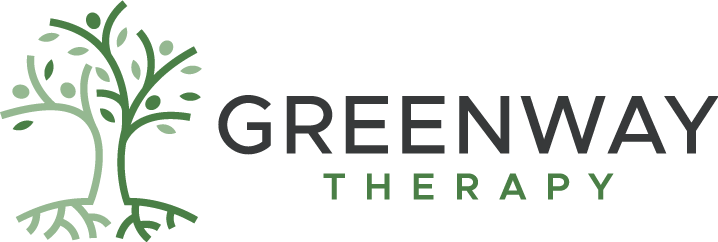Depression can feel like a ton of bricks thrown at you, it makes you feel paralyzed. Some will say, “Get some fresh air, go work out, talk on the phone with a friend”. That may seem easier said than done. Yet, for some, it could feel like another task on their never-ending to-do list.
Newer research has indicated that behavior activation can be a significant treatment for depression. Behavioral activation involves understanding the cycles of depression, monitoring daily routines, identifying goals and values, and actively scheduling activities that bring meaning or joy.
Another thing to consider is that depression can very well stem from stressful experiences, dealing with loss, etc. The situation can lead to negative emotions, which make you feel stuck whether you lay in bed all day or you do not make contact with family or friends. This phenomenon would be defined as the first vicious cycle and then there will be a second vicious cycle where avoidance and isolation intensify the depressive symptoms.
So how do we break this vicious cycle?
The first step is being aware of your thoughts, emotions, and behaviors. Activity Monitoring helps the person know exactly what they are doing throughout the day and how it corresponds with their mood. If you look up online Activity Monitoring, you will be able to find a PDF template that you could use to track your moods. In addition, many apps utilize a similar process such as Moodfit, Moodtools, and even Emoods.
The next step is highlighting which activities helped you feel more positive and which led to feeling down. Our main focus is the positive activities or things that bring us joy which in turn improves our mood.
So finding activities that provide value, pleasure, mastery, and goal-setting is important when considering ways to improve our depressive symptoms. Values are what we find meaningful in life. Some great examples to consider are honesty, trust, growth, etc. Pleasure involves activities that we enjoy such as our hobbies, spending time in nature, or with our loved ones. Thirdly is mastery which includes activities that build our skills like work or sports.
The last one is goal setting, where we combine everything we learned about activities and create a plan to achieve them! SMART Goals are a great way to put your goals into action. SMART can be defined as Specific, Measurable, Attainable, Realistic, and Trackable. Once the goals have been created, it is time for activation! It is important to focus on activities one at a time and not all at once. For example, I would recommend my clients to put on their calendars and schedule time for the specific activity. Life can get busy or you might forget, simply replace it with another activity and reschedule the previous one. The goal is not to complete all the activities and focus on ways to improve your mood in the long run. Furthermore, consider what activities you are ready to do and consider any barriers that can be part of your activities as well.
Behavior activation might seem overwhelming, so getting help from a licensed therapy professional can help navigate your thoughts and feelings. Also, with professional help, you will be able to keep track of your moods, brainstorm activities that bring joy and purpose and schedule into your daily routine.
I have attached a PDF below addressing Behavior Activation with exercises and examples individuals can utilize with a professional therapist when understanding the cycle of depressive symptoms.
Nadia Raza is an intern counselor at Greenway Therapy. Learn more about her on her BIO page.





